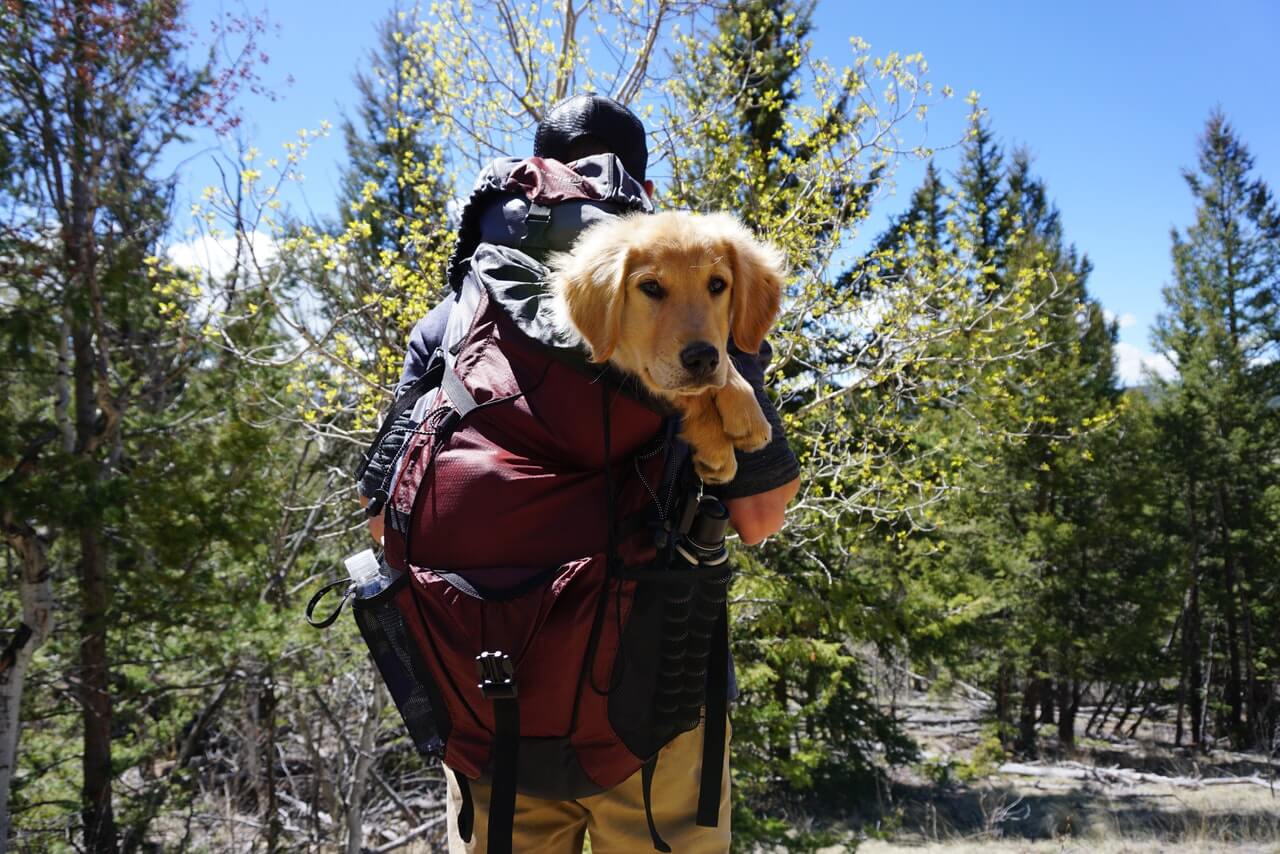The socks you wear on the trail mean a lot to your backpacking life. Just like shoes, socks must be carefully selected to match the many conditions you can expect. Today we'll talk about how to choose socks.
Journey Scenes
Backpacker socks are designed to keep you warm, soft, and wearable in a variety of different environments. It is important to prepare the right socks for the various road conditions you are planning and the weather conditions you expect. You can select them according to some of the following rough categories.
Liner socks: Very thin, these socks made of thin capillary material are designed to be worn against the foot. They keep your feet dry and comfortable by wicking sweat away from the top of your feet through capillary action. Liners can only be worn between the outer sock and the foot because they are afraid of abrasion, remembering that they are designed to be worn inside other socks.
Lightweight hiking socks: Designed for warm weather and leisurely journeys, lightweight hiking socks are designed to emphasize wicking and warm weather comfort, they are thicker, warmer and more durable than liners. In addition, they are very soft. However, they are limited in thickness so they are only comfortable on hot weather trips. Most lightweight hiking socks are made of wicking material, so it doesn't matter if you wear these socks with or without a liner.
Midweight hiking socks: These socks are designed to provide reliable comfort and insulation in cold climates. They are thicker and warmer than the lighter weight hiking socks. Most are extra thick in areas that are prone to wear and tear like the heel and ball of the foot for maximum comfort. These socks should be worn with a liner sock.
Hiking Socks: Hiking socks are the thickest, warmest and softest of these socks. They are designed for long marches, treacherous terrain and cold temperatures. Generally speaking, hiking socks are too thick and too hot for low-effort hiking in warm climates.

Available materials
Wool - Wool is a very popular natural material for socks. It is warm and soft, and retains heat when wet. Unfortunately, wool socks do not dry easily and tend to itch on the feet (note: newer wool materials such as mohair do not have this problem). They can also be easily worn without the addition of some other materials. Blended wools (made of wool and synthetic materials) are very popular because they solve these problems.
Synthetic insulation - REI offers a number of man-made materials that provide the same warmth as wool without some of the drawbacks of wool mentioned above. These materials are slightly less warm than wool but are very soft on the feet. They are also very easy to dry and hard wearing. This material can be used in a variety of different types and thicknesses of socks.
Silk - A natural insulating material, it is comfortable, lightweight but not as abrasion resistant as other materials. It is sometimes used as a reliable wicking material for sock liners.
Synthetic wicking materials - Synthetic wicking materials are used for lining socks and are also knitted into thicker hiking socks to improve the wicking properties of the socks. Cotton - Cotton socks are not recommended for hiking. During the trip, cotton socks absorb sweat, dry slowly, are not warm when wet, and make feet uncomfortable and prone to blisters.
Bottom material - Many hiking socks are thickened in the heel, ball of the foot, and toe areas to improve comfort. This is accomplished by increasing the density of the weave in these areas or by adding materials such as propylene glycol. These specially thickened socks can be used to save socks on tough trips on difficult surfaces.
Support material - Most of today's trekking socks incorporate a small amount of stretchable nylon or lycra material, which allows the sock to retain its original shape and tightness, minimizing wrinkles in the sock.
Try them on
If possible, put on the type of socks you are considering and take a few quick steps to feel the fabric on the bottom of them to confirm the size of the socks - your socks need to fit. A balled up sock material will certainly not make any backpacking trip comfortable.


